Comet U6 Lemmon promises to be a fine binocular object at dusk.
And then there were five. Though we’re long overdue for the next great ‘Comet of the Century,’ 2020 seems intent on on throwing decent binocular comets our way, the ranks of which include comets C/2017 T2 PanSTARRS, C/2019 Y1 and C/2019 Y4 ATLAS and C/2020 F8 SWAN. Now, C/2019 U6 Lemmon is set to take center stage in July.
Discovered on Halloween night, October 31, 2019 by the prolific Mount Lemmon Sky Survey based outside of Tucson, Arizona, comet C/2019 U6 is one of a long lineage on comets to bear the Lemmon moniker.
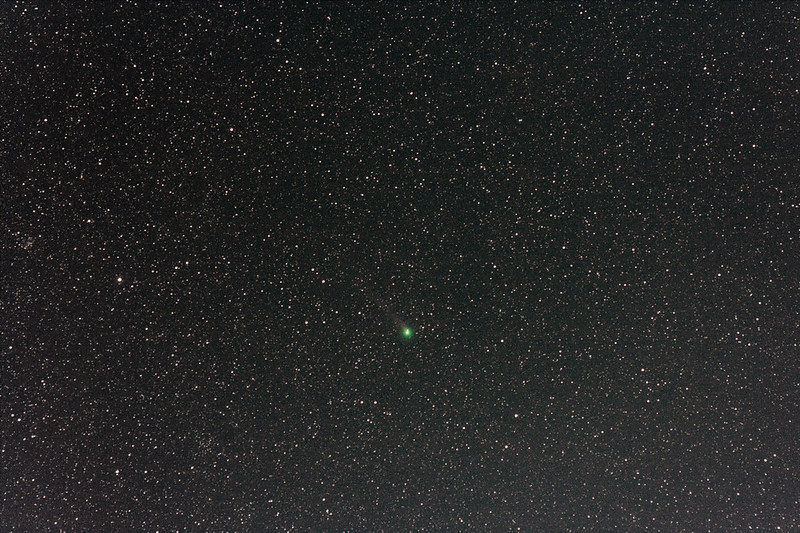
The comet is on a 9,250 year orbit inbound, and departs the inner solar system on a 5,200 year orbit outbound. A newfangled technology known as ‘farming’ was just starting to trickle into Europe from the Middle East around the seventh millennium BCE, last time Comet U6 Lemmon rolled ’round to the inner solar system. The comet is on a steep orbit inclined 61 degrees relative to the ecliptic plane. Had this comet come by in mid-May, we would have had a truly spectacular pass, just 0.027 AU (2.5 million miles/4 million kilometers) interior to the orbit of the Earth, or 10 times the Earth-Moon distance.
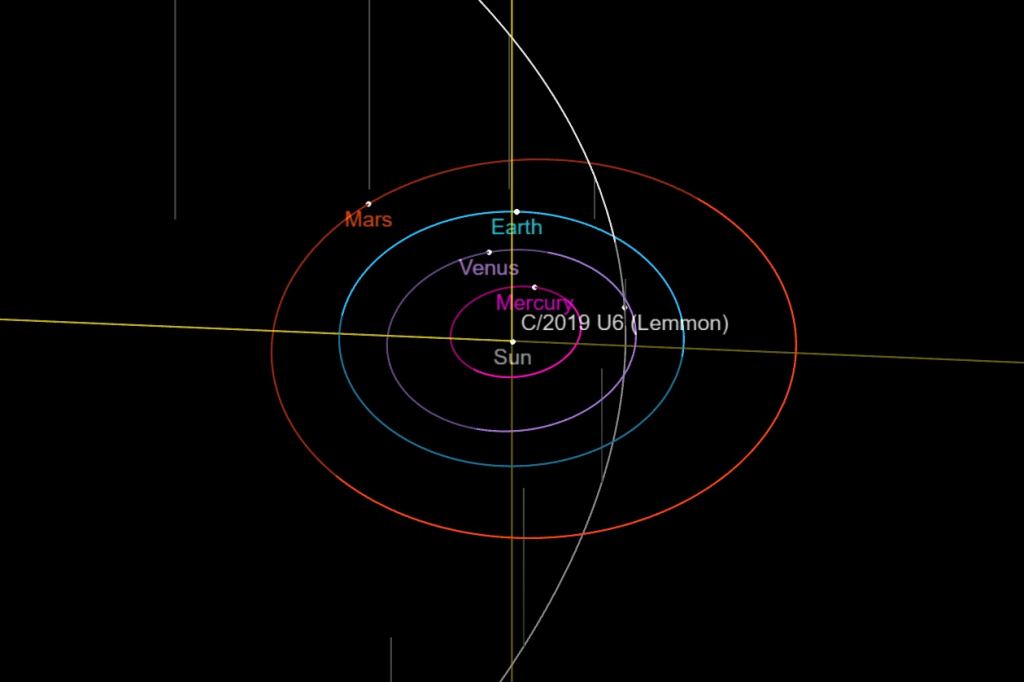
Fun fact: any given comet entering the inner solar system stands a 40% chance at having its orbit modified by Jupiter on its outbound leg. This famously happened to Comet Hale-Bopp in the late 1990s, and this is also now the case with the 2020 tale of Comet U6 Lemmon.
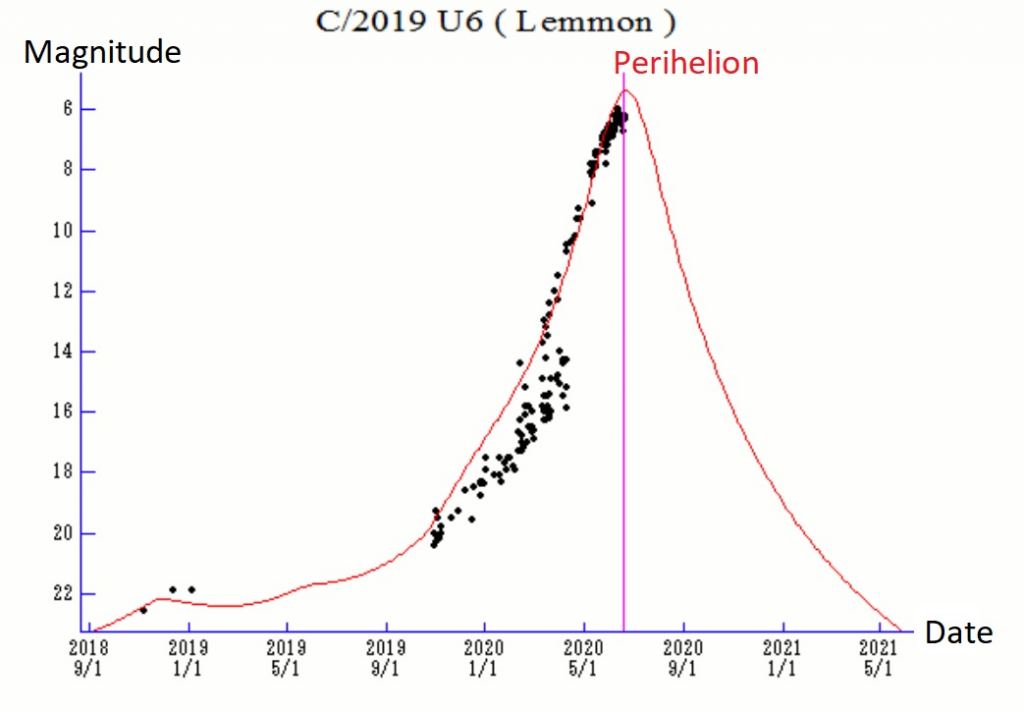
The July Preview
Up north, we should get our first good views of Comet U6 Lemmon in late June, as the comet vaults up to about 30 degrees above the western horizon at sunset. We’ll see the comet on its outbound leg in July through August, passing through the constellation of Sextans the Sextant, then vaulting northward above the ecliptic into Leo and Virgo. At its brightest, Comet U6 Lemmon may flirt with naked eye visibility in early July, topping out at +5th magnitude. As of writing this in late June, the comet seems to have been an over-performer for southern hemisphere observers, holding at +8 magnitude in early June and approaching +6th magnitude as it neared perihelion.
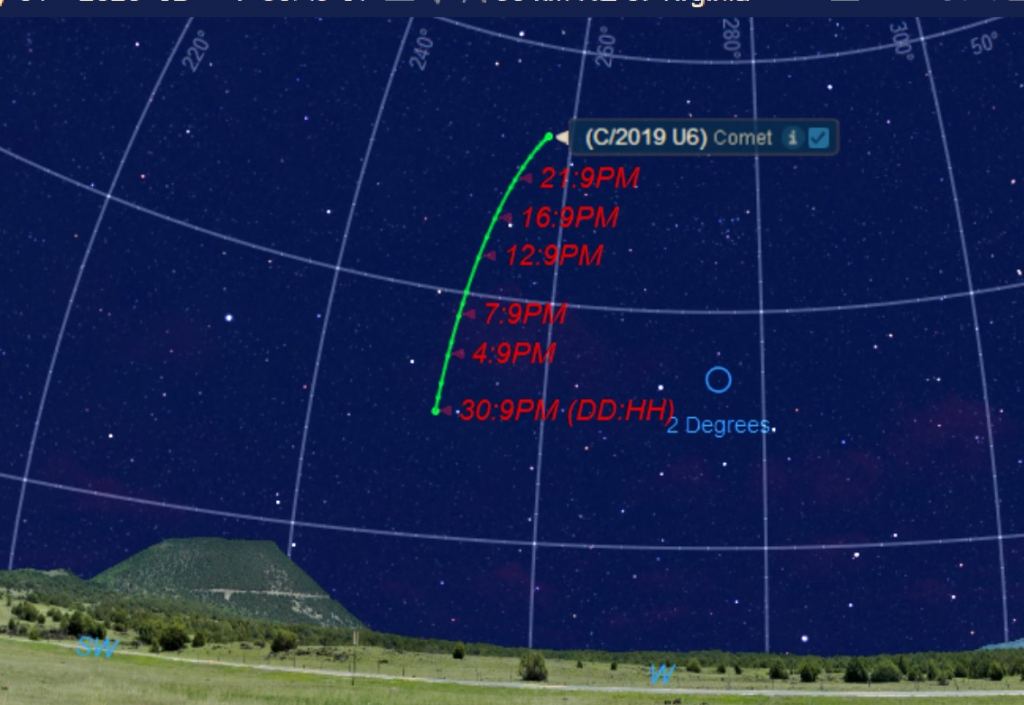
Moving at its fastest across the sky in late June, the comet will be clear 2 degrees a day, four times the diameter of a Full Moon. The comet just came off of perihelion at 0.915 AU (85 million miles/137 million kilometers) from the Sun on June 18th, and is very slowly revealing itself for northern hemisphere observers low in the dusk sky.
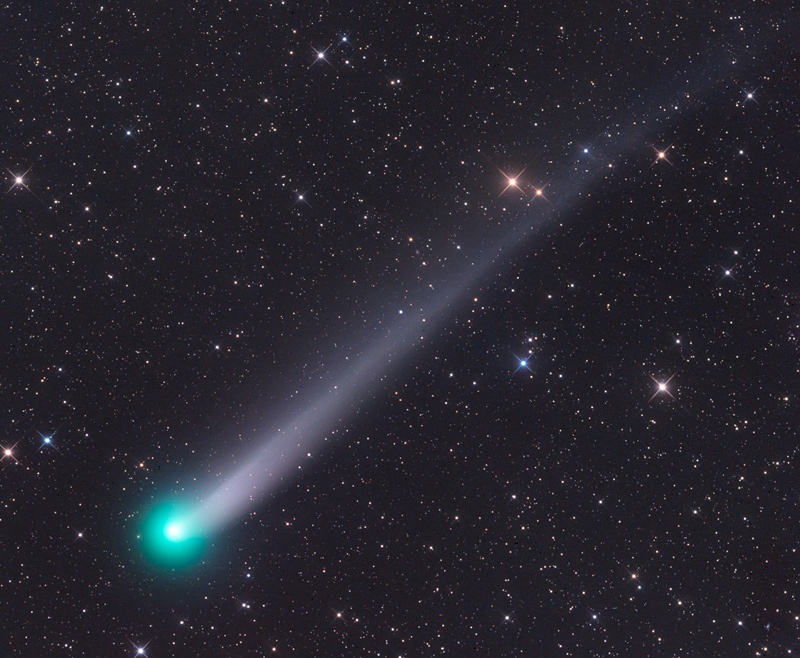
Here are the month-by-month celestial dates with destiny for comet U6 Lemmon. As always, ‘passes near’ notes passes less than one degree, unless otherwise specified:
June
25-Crosses into the constellation of Sextans the Sextant.
29-Passes closest to the Earth, at 0.827 AU distant.
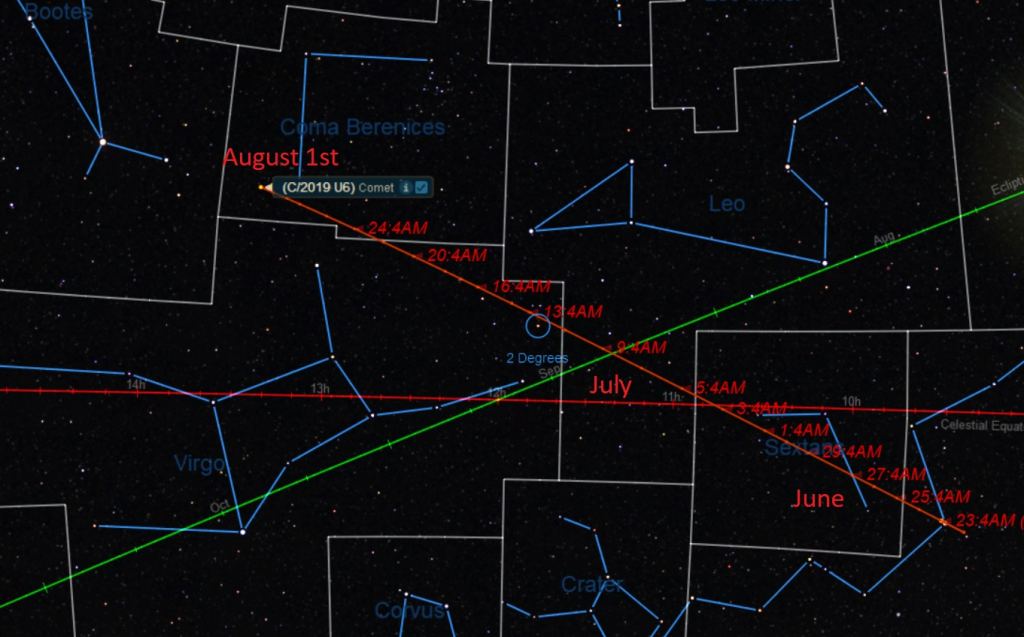
July
1-Passes near the +5th magnitude star Beta Sextantis.
3-Crosses the celestial equator northward.
4-Crosses into the astronomical constellation of Leo the Lion.
9-Crosses the ecliptic plane northward.
11-Crosses into the astronomical constellation of Virgo the Maiden.
15-Passes near the +4th magnitude star Omicron Virginis.
20-Pierces the Virgo Bowl of galaxies, passing nearest to M87.
21-Passes 2 degrees from comet C/2019 Y1 ATLAS.
22-Crosses into the constellation Coma Berenices.
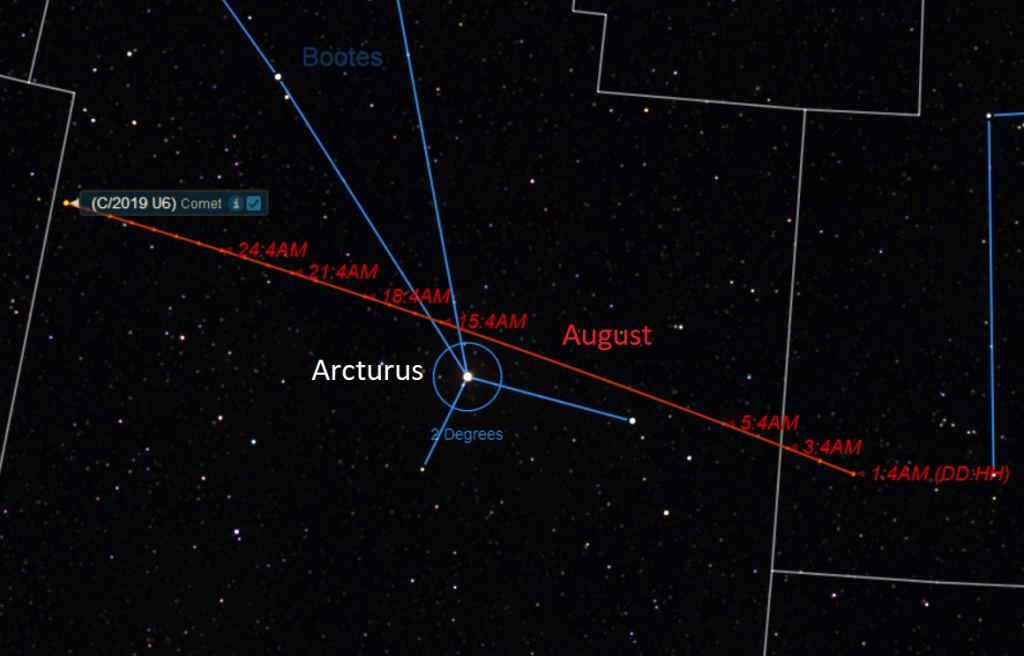
August
2-Passes near comet C/2017 T2 PanSTARRS.
3-Crosses into the constellation Bootes.
7-Passes near the +2.7 magnitude star Murphid (Eta Bootis).
13-Passes near the bright +0.15 magnitude star Arcturus (Alpha Bootis).
31-Crosses into the constellation of Serpens Caput.
September
1-drops back down below +10th magnitude.
Observing a +10th to +6th magnitude comet such a U6 Lemmon is as easy as sweeping the suspect field of view using binoculars and seeing what turns up. Quoted magnitude is often tricky when it comes to comets, as—much like with nebulae—all that precious magnitude is ‘smeared out’ over a large surface area. Whereas the naked eye visibility cutoff for stars is usually quoted at magnitude +6, comets generally have to cross magnitude +5 or +4 to attain the same threshold.
Will we ever have a bright ‘Comet of the Century’ soon? Who knows…but you could say we’re definitely due. But for now, you can enjoy the steady stream of fine binocular comets that 2020 has to offer.
Lead image: Comet U6 Lemmon from June 14th. Image credit and copyright: Shahrin Ahmad.

